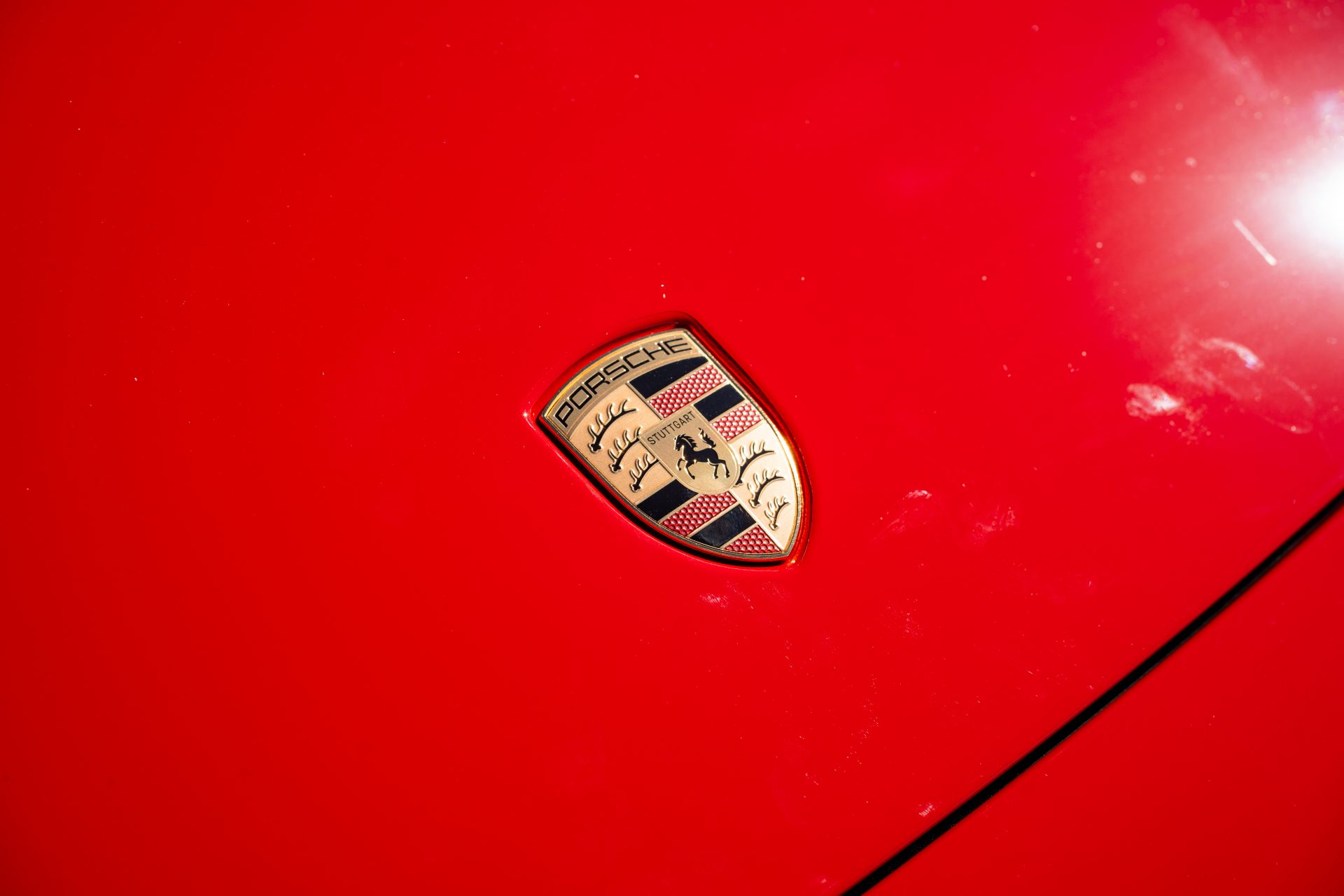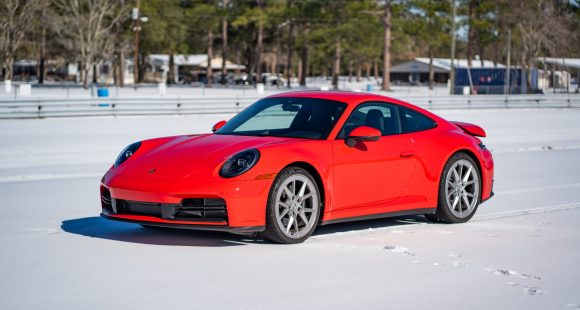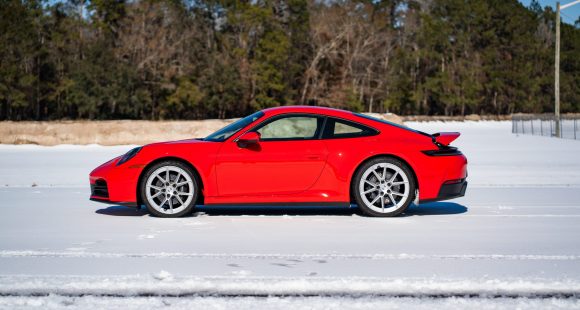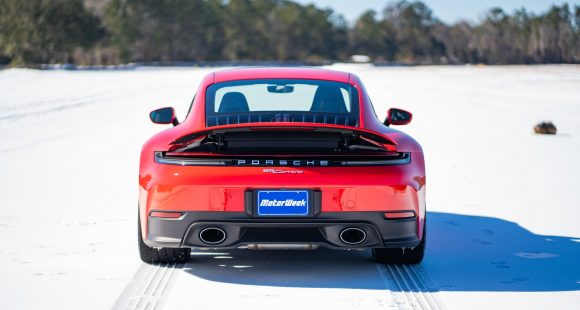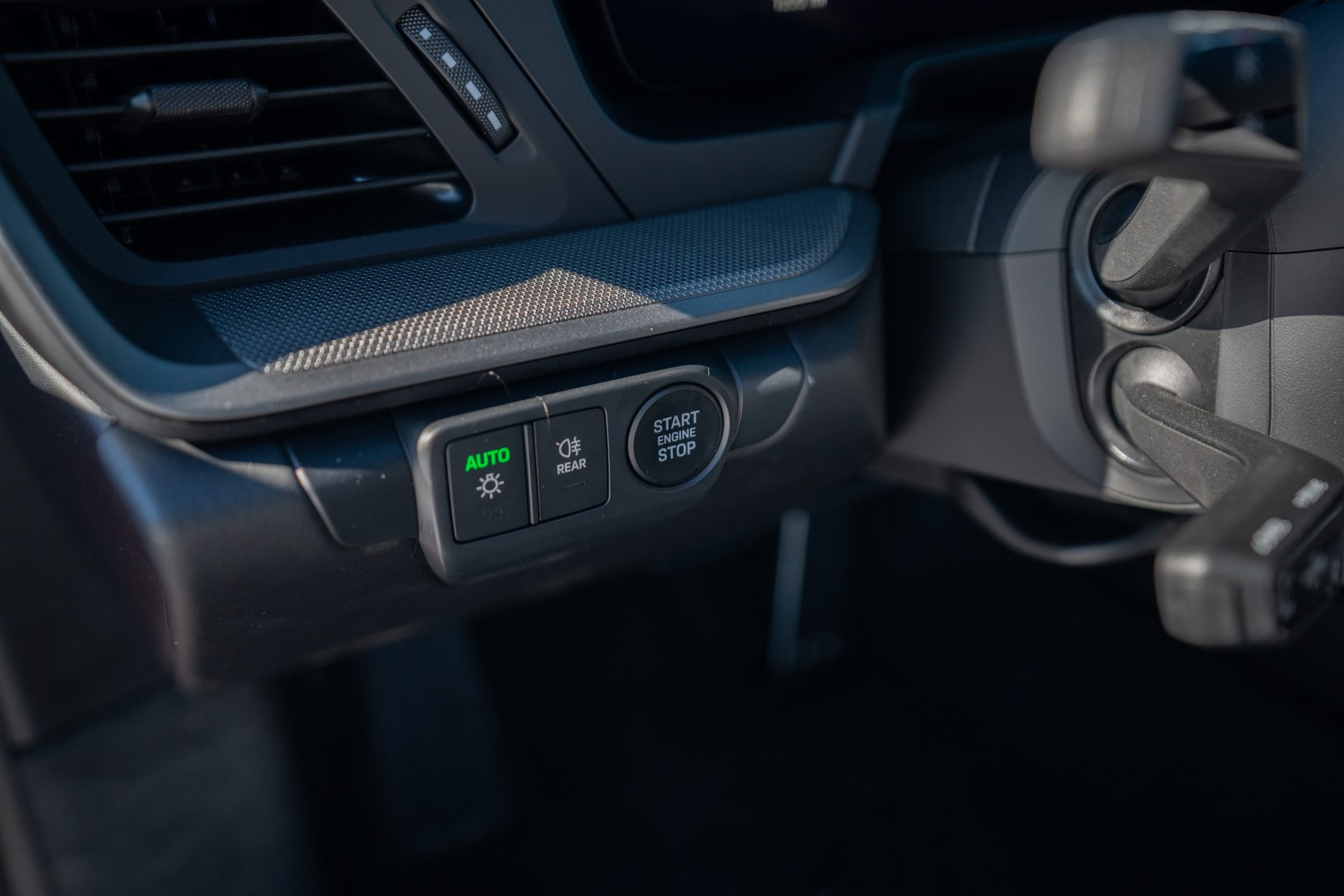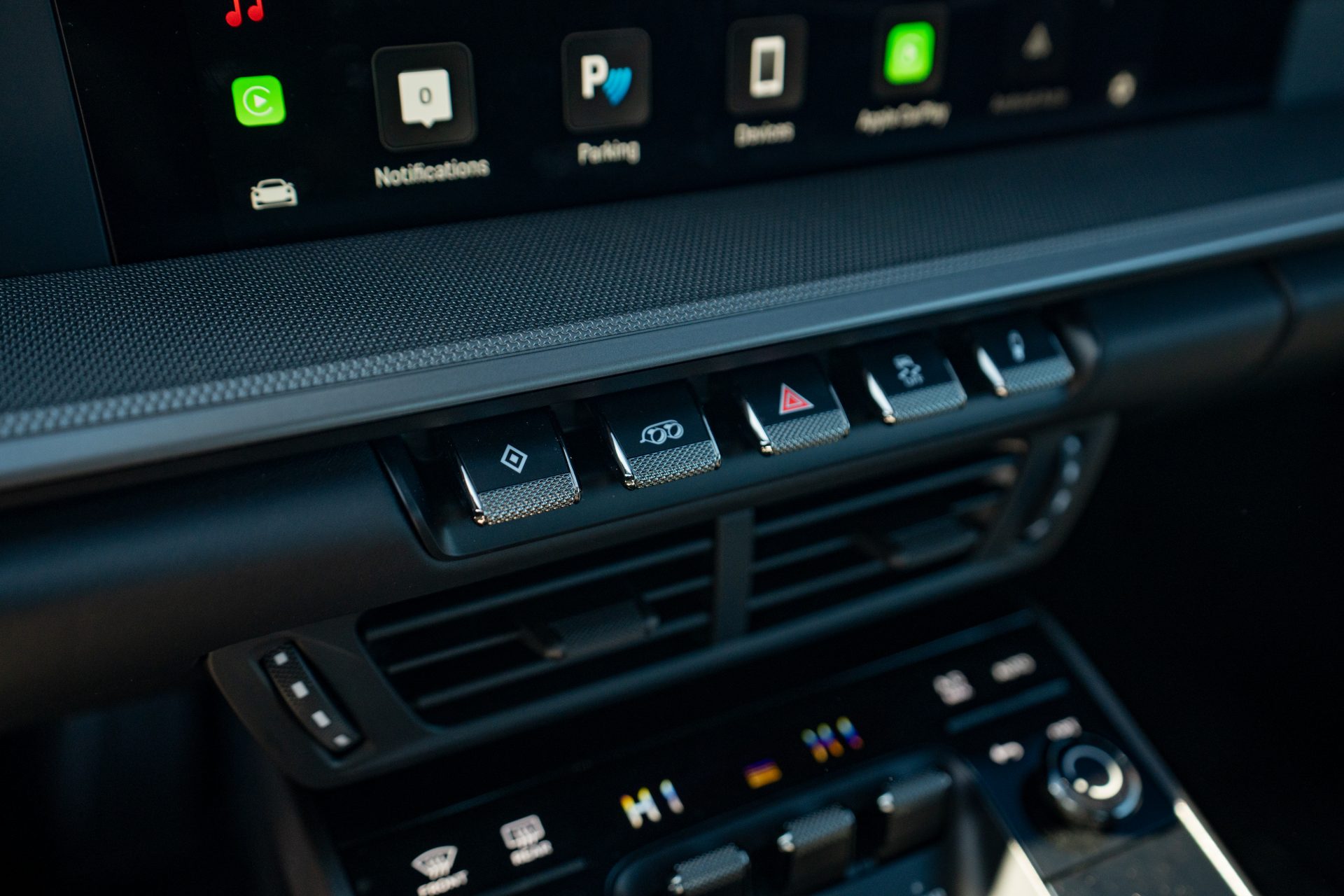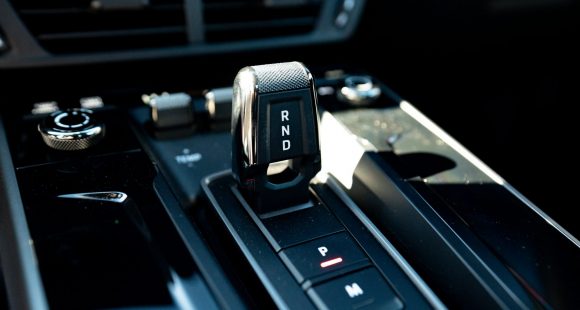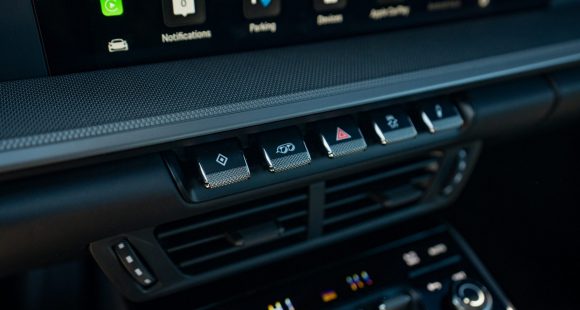2017 Infiniti QX30
It looks like the lines between hatchback “car” and crossover “utility vehicle” have finally been obliterated entirely. As proof we present the Infiniti QX30, the latest addition to the growing compact luxury CUV market here in the U.S., but basically the same vehicle is also known as the Q30 hatchback in Europe. And that’s just the beginning of the blurred lines for this this dynamic little 5-door hatchback…sorry…crossover.
Yes, this 2017 Infiniti QX30 is many things to many people. But what really matters here, is that it arrives at a perfect time; when Americans can’t seem to get enough small luxury crossovers.
Oh, and for those of you who have been bemoaning the fact that you can’t buy a Mercedes-Benz A-class hatchback here; well, now you can, because that’s what’s under the QX30’s way more dynamic bodywork.
Yes, this is the first vehicle to emerge from the Renault/Nissan/Daimler partnership announced last year. And though the overall stance and silhouette are very similar to the Mercedes-Benz GLA crossover; it’s much better looking, if you speak Infiniti’s design language like we do, we’d pick this one over the GLA.
 There’s a decent 8.0-inches of ground clearance, same as the GLA. Unless of course you opt for front-wheel-drive only Sport trim. Which to confuse things further, really is the Q30 also known as the A-Class hatchback, with its hard parts just 6.1–inches above the pavement. It also comes with some minor unique exterior elements.
There’s a decent 8.0-inches of ground clearance, same as the GLA. Unless of course you opt for front-wheel-drive only Sport trim. Which to confuse things further, really is the Q30 also known as the A-Class hatchback, with its hard parts just 6.1–inches above the pavement. It also comes with some minor unique exterior elements.
Infiniti engineers had their way with the suspension of course, so it rides nothing like the GLA. It felt stiffer initially, but better the more time we spent with it; no suspension altering drive modes to be found here.
It drives lively, not economy car-like at all; straddling the comfort/capability line almost perfectly. Leaning slightly more towards the tougher end than some other “sporty crossovers”, which is no longer a weird thing to say. Yet it remains exceptionally quiet.
There’s good pick-up from the standard 2.0-liter turbo I4 and 7-speed DCT transmission, both of which come from Mercedes; as does the key to get things started. Software for managing all of it, however, comes from Nissan, still the overall feel is very Benz, and ratings are the same at 208-horsepower and 258 lb-ft. of torque.
The Intelligent all-wheel-drive system is also a version of Benz’s 4MATIC, which can send as much as 50% of torque to the rear wheels when slip is detected.
There was noticeable turbo-lag, and an overall softer launch than when we had the GLA, but the resulting 0-60 time was still not bad at 6.8-seconds.
 As is usually the case, if you’re looking for the best outcome, just leave it in auto, as manual shifting was slow to respond. Still, there was a nice whoosh of sound coming from the turbo-4 as it powered us to the end of the ¼-mile in 15.1-seconds at 92 miles-per-hour.
As is usually the case, if you’re looking for the best outcome, just leave it in auto, as manual shifting was slow to respond. Still, there was a nice whoosh of sound coming from the turbo-4 as it powered us to the end of the ¼-mile in 15.1-seconds at 92 miles-per-hour.
Through the cones, there’s a playful nature; with minimal amounts of both under and oversteer. Suspension feels taut, and it remained very flat.
Infiniti also tweaked the steering to their liking, but they did it no favors as far as we’re concerned. It’s loose feeling on-center, and there’s an awkward heft when making inputs.
A 110-foot stopping average from 60 is very good, and stops were both smooth and stable. But after about 4-runs, fatigue set in and brakes started to fade.
Inside the QX30’s cabin is where things depart most from its Mercedes-Benz roots. There are still some GLA controls on the dash, but things appear much more inviting. Material quality is quite good.
Infiniti owners who aren’t familiar with the GLA will enjoy the refreshing new take on layout, as well as find the fit-and finish they are used to. The most obvious Benz element is the door mounted seat control; but they work so well, we’re glad Infiniti left them alone.
Both central controller and shifter are unique, with a nice obvious Park button.
 There’s a comfortable seating position for the driver; but visibility is very poor, with thick pillars in back as well as a very small rear window.
There’s a comfortable seating position for the driver; but visibility is very poor, with thick pillars in back as well as a very small rear window.
Government Fuel Economy Ratings for all-wheel-drive are 21-City, 30-Highway, and 25-Combined; so our 30.7 miles-per-gallon of Premium average was excellent.
Still there’s only an average Energy Impact Score of 13.2-barrels of annual oil consumption with CO2 emissions of 6.0-tons.
With many different QX30s to choose from, $30,945 to start seems reasonable, considering it’s about 2-grand cheaper than a GLA.
So, while the Mercedes-Benz GLA came to market earlier, don’t think of this 2017 Infiniti QX30 as a re-badged Benz, but a cooperative effort along the lines of Toyota and Subaru with the 86 and BRZ. It is highly competitive with the current influx of cute utes, as well as a perfect step up for open-minded hatchback buyers. We predict this international coalition will be quite successful.
Specifications
- Engine: 2.0 liter
- Horsepower: 208
- Torque: 258 lb-ft.
- 0-60 mph: 6.8 seconds
- 1/4 mile: 15.1 seconds @ 92 mph
- EPA: 21 mpg city / 30 mpg highway
- Energy Impact: 13.2 barrels of oil/yr
- CO2 Emissions: 6.0 tons/yr
2025 Porsche 911 Carrera
Ever Evolving 911 Reaches New Heights
The Porsche 911 has existed for 60 years now! Amazing! And, you could argue that major changes over all those years have been relatively few, as constant incremental improvement is more the way that Porsche does business. With that in mind, let’s hit the track in the latest 911 and see what constant improvement means for 2025.
We’ve driven so many 911s here at MotorWeek, each seemingly more special than the last, so it’s a bit refreshing to be ripping around Savannah’s Roebling Road Raceway in a 2025 Porsche 911 that’s about as close as you can get to base these days. And the fact that it’s just as fun as all those exclusive pieces says a lot about how far the 911 has come. Perhaps it also speaks to how much a base 911 will set you back today as well; more on that later.
For now, we’re just thinking about the next apex, holding steady throttle as we approach, and getting on it way sooner than you’d expect without upsetting anything, as the 911 rockets off the corner thanks to tremendous grip and a PDK trans that finds the perfect gear before we even gave it a thought. Even with very cold track temps, we never struggled for grip or battled any wheelspin coming off of corners. And trying to land it in that perfect spot in braking zones is easy with strong brake performance that was predictable and consistent lap after lap; no wandering, and great feedback too.
Yes, even the standard 911 is near pure perfection on a racetrack. It gives you all the right feedback, stays incredibly flat through corners, makes you always feel totally in control, and again is just plain fun. Unless you’re chasing lap times, there’s really no need to head further up the 911 tree. Though it is worth noting the few upgrades that were on our Carrera did help the situation a little. The 20- and 21-inch Carrera S wheels enabled plenty of grip from the 305 Pirelli P Zero tires, the Sport Chrono Package allows 0-60 sprints of 3.7 seconds, an extended range fuel tank meant we could lap all day without having to fill up, and the fantastic Sport Seats provided great support and better comfort than we remember experiencing in a 911. The Sport Exhaust system didn’t add anything to performance, but made things sound a whole lot better, and the oval silver tips look great too.
We never struggled for grip or battled any wheel spin coming off of corners.
Our track time got cut short thanks to a rare snowstorm in Coastal Georgia, but the white stuff and blue sky made the perfect backdrop for our Guards Red Carrera. Exterior tweaks for what is officially the 992.2 include a reshaped front fascia with improved aerodynamics. All front lighting is now contained within the Matrix Design LED headlight housing. The rear fascia has also been smoothed out, the license plate moved higher, and Porsche 3D block lettering spelled out across the back beneath the active rear spoiler and new decklid grille.
Even without Turbo in the name, the standard 911 engine is indeed a turbo these days, a 3.0-liter flat-six twin-turbo delivering 388 horsepower and 331 lb-ft strictly to the rear wheels in the Carrera Coupe.
Inside the cabin, the 911 continues its slow crawl towards the modern, now including a 12.6-inch fully digital gauge display and a start button located on the left side of the steering wheel, with drive modes easily accessible on the wheel itself. In another no brainer move, Porsche now makes the rear seat a no cost option, so you can choose if you want it or not.
Government Fuel Economy Ratings are 18 City, 25 Highway, and 21 Combined. That’s only slightly worse than average for the Energy Impact Score; 14.2 barrels of annual oil consumption with 7.0 tons of CO2 emissions.
The good news is this 911 had the fewest number of options of any Porsche that we’ve tested in some time, and it was still plenty awesome; the bad news is, a base Porsche 911 Carrera Coupe now starts at $122,095.
But can you really put value on “the force,” this mythical power that Porsche seems to have, that somehow turns average drivers into great ones? It’s useless to resist as far as we’re concerned, as it only gets better with the 2025 Porsche 911 Carrera.
Specifications
As Tested
- Engine: 3.0-liter twin-turbo flat-6
- Transmission: 8-speed PDK
- Horsepower: 388
- Torque: 331 lb-ft











